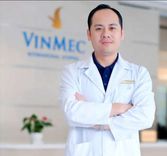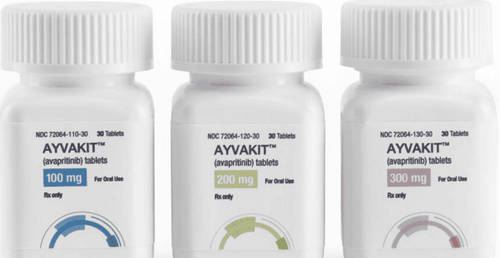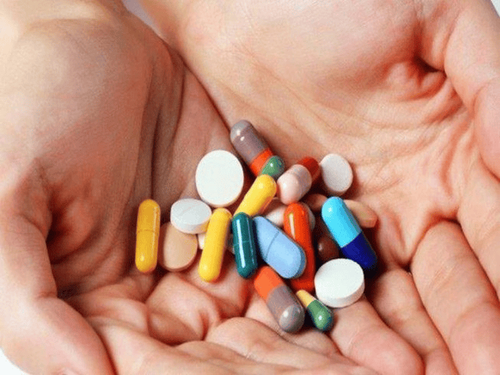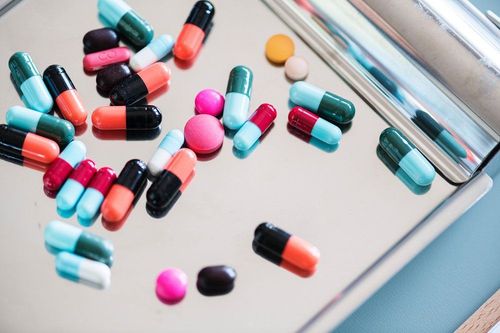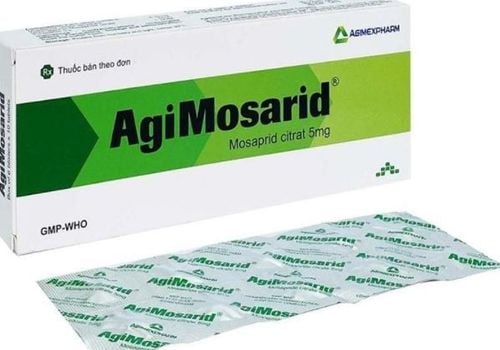This is an automatically translated article.
The article is professionally consulted by Master, Doctor Nguyen Thai Binh - Gastroenterologist - Department of General Surgery - Vinmec Ha Long International General Hospital. Master, Doctor Nguyen Thai Binh has more than 20 years of experience working in abdominal surgery.Gastroesophageal reflux disease (GERD) is defined as a decrease in the function of the barrier that prevents reflux, allowing the contents of the stomach to back up into the esophagus. This is an abnormality caused by weakened lower esophageal sphincter, gastric emptying dysfunction, or loss of esophageal motility. In some cases, endoscopic gastroesophageal reflux surgery is indicated for the patient.
1. Since when has surgery to treat gastroesophageal reflux disease?
Gastroesophageal reflux disease has been known since the late 19th century, but it was not until the 1930s that Hamperl and Winkenstein suggested that it was acid secretions that caused esophagitis. In 1951, Allison was the first to propose surgical repositioning of the cardia to prevent reflux. Since then, many different surgical techniques have been developed to combat reflux esophagitis.
2. When does a patient need endoscopic gastroesophageal reflux surgery?
The doctor will encourage the patient to perform surgery if the symptoms of gastroesophageal reflux - esophagitis are too severe, such as: Acid reflux causes esophageal ulcers. This leads to bleeding or ulceration of the upper gastrointestinal tract. Scars that form from tissue damage can also cause narrowing of the esophagus, making it difficult to swallow food.
Surgical treatment of gastroesophageal reflux disease is a last resort. Your doctor will first try to control your symptoms with changes in your diet and lifestyle. If that doesn't help the patient's pain, the doctor will try long-term medication. When medication does not help relieve symptoms, the doctor will consider surgery to treat GERD (endoscopic lower esophageal sphincter suture, biologic injection to increase muscle mass). . Normally, patients need proper medical treatment for at least 6 months, if not, then consider surgery.
Patients may consider agreeing to undergo surgery to avoid long-term medication. Several surgical options can help relieve GERD symptoms and manage possible complications. The main goal of surgery in patients with GERD is to re-strengthen the anti-reflux barrier without producing undue side effects.
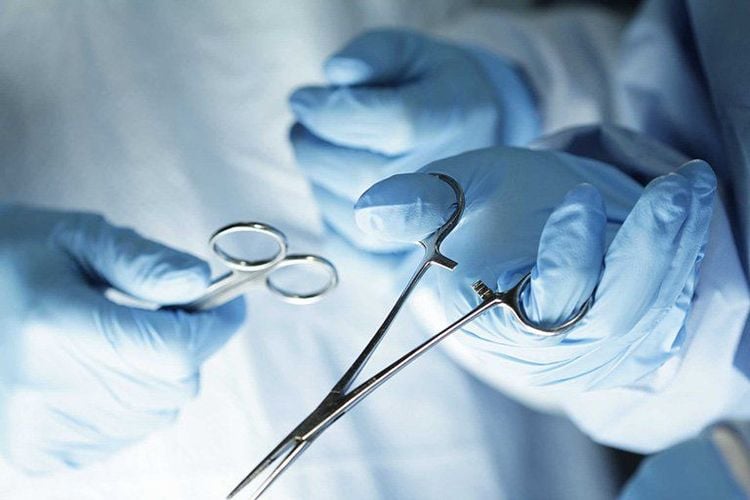
3. Contraindication to endoscopic gastric reflux surgery in which case?
The patient's condition is too weak to withstand surgery. The patient is old and weak, has many co-morbidities, oesophageal cancer, history of surgery, peritonitis, intestinal obstruction Free ascites or localized ascites Hernia of the abdominal wall , umbilical hernia Local infection of the abdominal wall Pathology Coagulation disorders Preoperative preparation
Follow the liquid food diet as directed within 1-2 days before surgery. Do not eat on the day of surgery. Take bowel cleansing pills 1 day before surgery Surgical treatments for gastroesophageal reflux disease
Fundoplication surgery This is the standard surgical approach to Treatment of gastroesophageal reflux disease, helping to tighten and strengthen the lower esophageal sphincter, the upper part of the stomach will be wrapped around the outside of the lower esophageal region.
Surgery can be done open, the doctor will make a long incision in the stomach and then access to the esophagus. Or this surgery can be done laparoscopically, the incision will be smaller and the procedure is less invasive. This surgery has a very good long-term success rate and recovery.
Transoral endoscopic surgery This surgery does not require any incisions on the body. An EsophyX device is inserted into the esophagus through the mouth. The device then creates a few folds at the base of the esophagus, which form a new valve to prevent acid from backing up from the stomach.
Stretta maneuver The procedure is performed with a thin, flexible endoscope inserted into the esophagus. An electrode at the end of the tube heats the esophageal tissue, making small cuts. The cuts then form scar tissue in the esophagus that blocks the nerves that respond to acid reflux from the stomach. The scar tissue that forms also helps to strengthen the surrounding muscles. This method effectively reduces, even eliminates the symptoms of the disease. However, this procedure is relatively new, so the long-term results are still unknown.
Endoscopic suture method (using the Bard EndoCinch system) The system will perform endoscopic sutures to form a fold, which strengthens the lower esophageal sphincter. This method is uncommon but is an option to discuss with your doctor while looking for GERD treatments.
Surgery to strengthen the lower esophageal sphincter (Linx) The doctor will use a special device: Linx, a circle containing tiny magnetic titanium particles, wrapped around the lower esophageal sphincter to strengthen it. this body. Because the magnetized particles will move together to keep the opening between the stomach and the esophagus closed. However, food can still pass through normally. This is a minimally invasive surgery, so the recovery time is usually shorter than with traditional surgery. Pain is also less likely to occur when patients perform this method.
4. Prevention of new and recurrent gastroesophageal reflux disease after treatment
Avoid the following foods and drinks:Alcohol
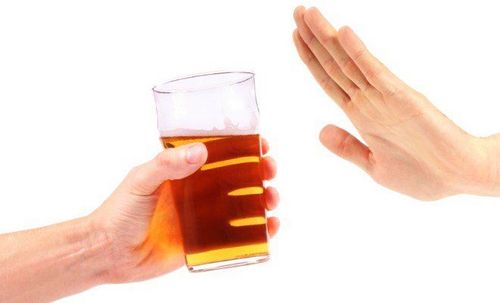
Avoid leaning forward or exercising immediately after eating Avoid clothing that is too tight. Avoid lying down immediately after eating. Avoid eating and drinking within 2-3 hours before going to bed Don't smoke Don't drink coffee Eat many small meals Lose weight if overweight Raise the head of the bed 15cm or sleep in a chair Treat gastroesophageal reflux disease with robots It is one of the most effective and advanced methods available today. Vinmec performs robotic surgery to treat many diseases in different specialties such as gynecology, oncology, urology, gastroenterology, including gastroesophageal reflux disease. Thanks to the robotic surgery method, the treatment efficiency of cases has increased significantly, the success rate is up to 95%. Customers can refer to detailed information and service price list here.
Please dial HOTLINE for more information or register for an appointment HERE. Download MyVinmec app to make appointments faster and to manage your bookings easily.
